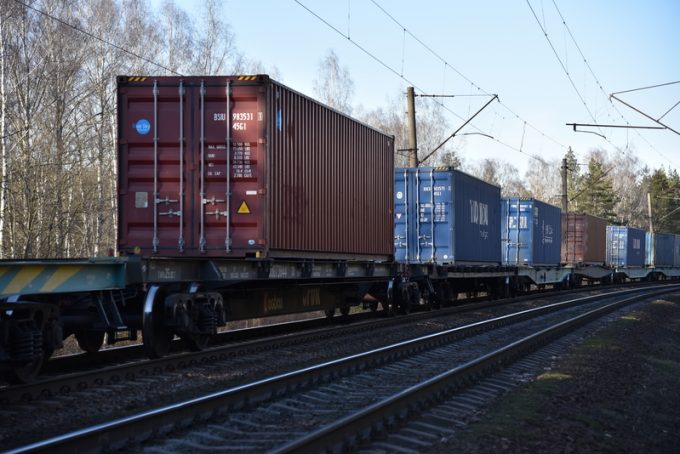Tariff threat makes no waves as spot rates tread water ahead of new GRIs
Container spot freight rates saw another week of gentle declines across all the major trades, ...

China-Europe rail freight growth slowed dramatically in the first half, but carriers blanking sailings could help boost volumes during the peak season.
Pegged back by sanctions against Russia, the rail network’s usual double-digit annual growth has come to a screeching halt.
First-half volumes increased just 2.3%, to 720,000 teu, according to China State Railway, and by comparison, volumes grew 29% last year and 56% in 2020.
Some forwarders point to Covid lockdowns in China as having an impact on volumes, but most agree ...
Trump tariffs see hundreds of cancelled container bookings a day from Asia
'Disastrous' DSV-Schenker merger would 'disrupt European haulage market'
'To ship or not to ship', the question for US importers amid tariff uncertainty
'Chaos after chaos' coming from de minimis changes and more tariffs
List of blanked transpac sailings grows as trade war heats up and demand cools
EC approves DSV takeover of DB Schenker
Forto 'sharpens commercial priorities' as it lays off one-third of staff
Shippers in Asia restart ocean shipment bookings – but not from China
India withdraws access for Bangladesh transhipments, in 'very harmful' decision
'Tariff hell' leaves industries in limbo – 'not a great environment to plan'
IndiGo fleet expansion plan will include a major push to boost cargo volumes
Pre-tariff rush of goods from US to China sees air rates soar, but not for long
De minimis-induced ecommerce demand slump could cripple freighter operators
'Restoring America's maritime dominance' – stop laughing at the back of the class
Hapag 'took the bigger risk' when it signed up to Gemini, says Maersk
Navigating tariffs: 'like trying to solve a Rubik's cube while colour-blind'

Comment on this article
Arthur Brown
July 06, 2022 at 1:32 pmSmart move.